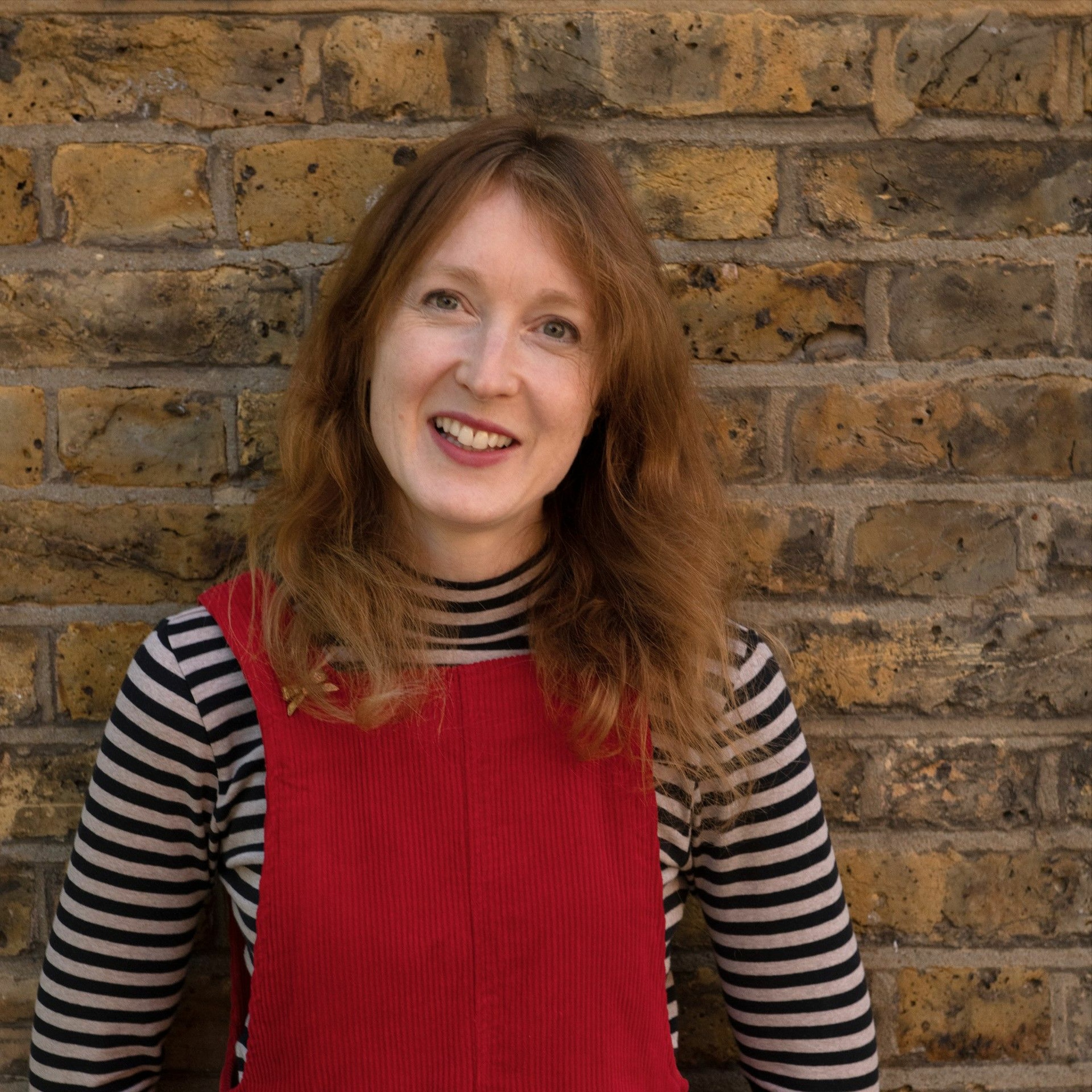Apr 29 2024 50 mins
Thames Mudlark
Florrie Evans calls herself a committed lifetime mudlark. She grew up in south west London near the River Thames, and at low tide this was her playground. The first thing she remembers collecting as a child were bits of blue and white pottery. Over the last 15 years, she has become a committed mudlark, and since 2014 she’s been taking her young daughter with her. Florrie is a member of the Society of Mudlarks and is licensed by the Port of London Authority to dig to 2 metres in the river bed. In this interview she explains why she goes mudlarking and the pleasure she gets out of it. Over time she’s learnt to read the tides and where to look. She talks about the different styles of mudlarks - some striding out along the foreshore, some spending up to 2 hours in one small patch. She’s made many finds over the years, which she washes and presents as beautifully as possible. Among her collection are many buttons, including pearly buttons and shards of shells they were carved from. She talks about the Pearly button industry, a cottage industry mainly undertaken by women along the Thames who would purchase cheap buckets of shells from incoming ships. The shells were taken to their homes and carved into mother-of-pearl buttons.
Florrie Evans calls herself a committed lifetime mudlark. She grew up in south west London near the River Thames, and at low tide this was her playground. The first thing she remembers collecting as a child were bits of blue and white pottery. Over the last 15 years, she has become a committed mudlark, and since 2014 she’s been taking her young daughter with her. Florrie is a member of the Society of Mudlarks and is licensed by the Port of London Authority to dig to 2 metres in the river bed. In this interview she explains why she goes mudlarking and the pleasure she gets out of it. Over time she’s learnt to read the tides and where to look. She talks about the different styles of mudlarks - some striding out along the foreshore, some spending up to 2 hours in one small patch. She’s made many finds over the years, which she washes and presents as beautifully as possible. Among her collection are many buttons, including pearly buttons and shards of shells they were carved from. She talks about the Pearly button industry, a cottage industry mainly undertaken by women along the Thames who would purchase cheap buckets of shells from incoming ships. The shells were taken to their homes and carved into mother-of-pearl buttons.
